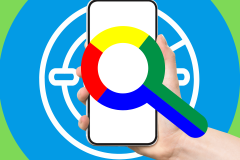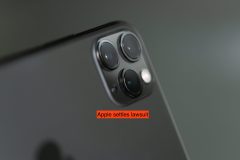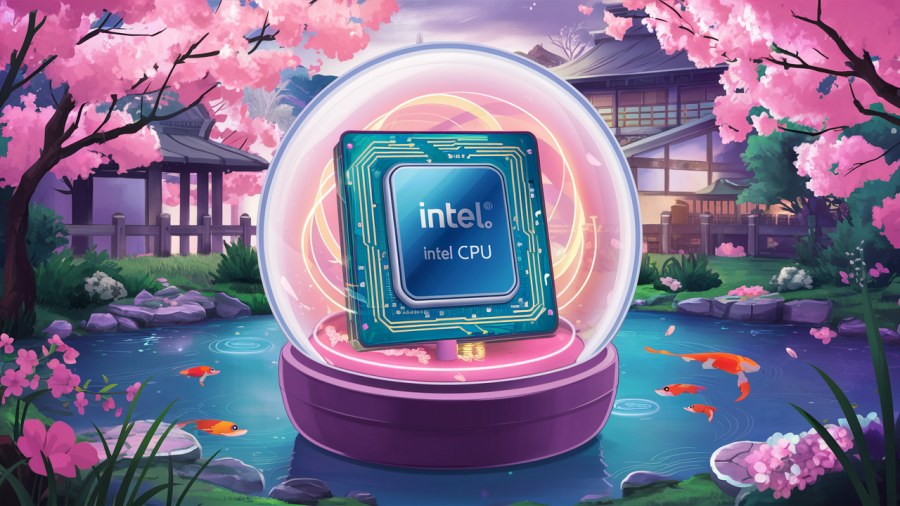NTT docomo, the telephone provider patronized by approximately half the population of Japan, today linked its mobile identity layer with a general web identity for users through OpenID, according to the OpenID Foundation. NTT docomo users will now be able to quickly and easily log-in to any OpenID supporting website online with the same account credentials they already use in the country’s flourishing mobile ecommerce and content ecosystem.

Just when you thought the Identity game was over and Facebook or Twitter had won, now you can welcome 55 million more docomo customers onto the OpenID side of the contest.
Why OpenID is Important
OpenID is an open source and open standards system of Identity that allows users to log-in to any OpenID supporting website with the account they’ve already created through a trusted identity provider. The system makes it easy for users to start using new sites with just a few clicks, easy for them to take their profile and friend data with them from site to site and easy for websites to offer personalized service immediately, based on the data an OpenID user brings in with them from their cross-service identity provider. Though ease of login has been the primary use to date, identity and payload as web-wide development platform is the long-term promise of OpenID.
It’s an intriguing paradigm that has had mixed success to date, limited primarily by design and User Experience challenges. The entry of Japan’s largest telco into the OpenID ecosystem could help propel OpenID forward, but many other large companies have gotten as far as offering outbound OpenID and then ceased active engagement with the protocol.
We’ve got our fingers crossed, though, for the success of a portable identity system that isn’t owned by one single provider like Facebook. Facebook’s Connect system of identity does offer a good perspective, though, on what’s possible in every way but independent ownership.




















